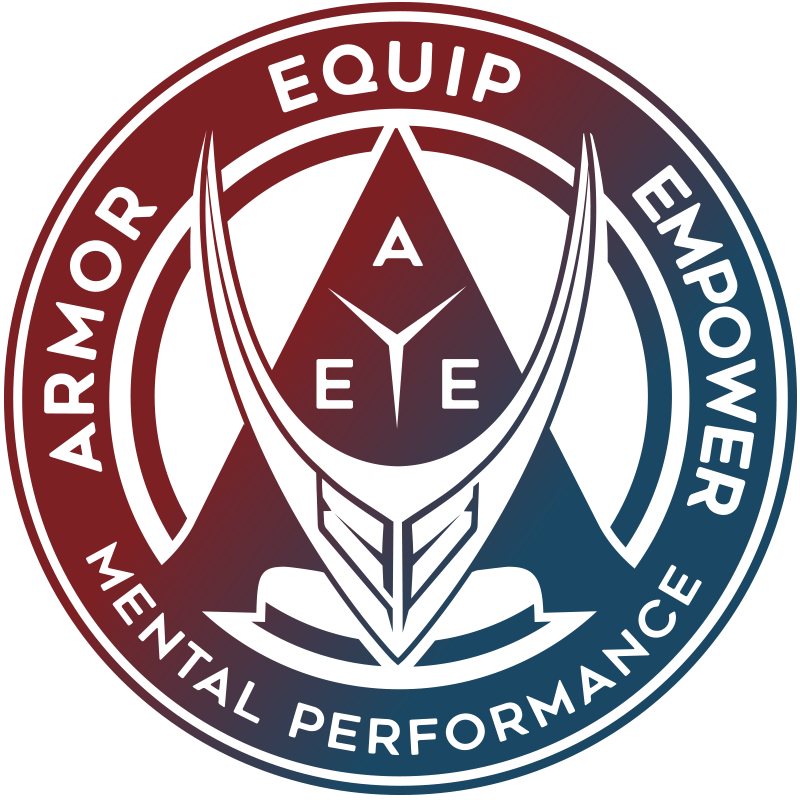There is some debate on this. Some will say that it does not exist due to the fact that there is no clinical or biological substantiality to human beings burning out. But is that actually true? Well, the World Health Organization (WHO) classifies burnout as an occupational phenomenon within the International Classification of Diseases (ICD-11), the handbook that guides medical providers in diagnosing diseases.
what is burnout?
Mechanically speaking, “burnout” exists as a physical result of entropy. Entropy is the measure of a system’s thermal energy per unit temperature that is unavailable for doing useful work. Clinically and biologically speaking, “burnout” in regards to human beings, is more of a description to explain the manifestation of various symptoms we see in others or ourselves when stressors have compiled over time and have gone unaddressed.
why do we use burnout?
Typically, we will describe someone who is highly productive, energetic, and connected to what they do as having some fire inside that drives them to perform in this manner. Well, as we know, due to entropy, fires can burnout. So, as we see or feel the fire extinguished, what comes to mind is the idea that it has burned out due to the compilation of stress suffocating and extinguishing the flame that exists within.
is burnout the big green monster that exists around every corner we should run from?
Burnout is something that exists around us. Given the advances in technology that keep us more connected to executing and less connected to what matters, we are always on the gas pedal without taking time to connect and engage appropriately. This ultimately leads to exhaustion, disengagement, poor mental and physical health, etc. which is essentially burnout.
so what?
Given what was described above, burnout is a real thing and frequently happens amongst those working on challenging issues, in difficult contexts, and in high stress environments. It is not something that only affects the person who suffers it, but also the organization or the collective as a whole. As mentioned earlier, burnout is the manifestation of symptoms such as exhaustion, cynicism, inability to sleep, disengagement, hopelessness/helplessness, inability to manage stress, etc. These are signs we may see in others and also experience ourselves that tell us that our stress response to the job or in our lives is spilling over into an unmanageable area. Oftentimes, we will deny and ignore the signs and symptoms thinking we are not susceptible, typically known as hero culture. However, left unaddressed, this burnout can lead to more significant mental and physical health issues.
The resilience tools we provide as well as the concepts we cover during mental training modules, individual sessions, workshops as well as other preventive performance enhancing services are the “armor” against burnout. For more information about how to manage stress effectively, visit our Stress-management for Increasing Resilience Resource Room. Think about it this way . . . burnout is not something you are trying to run away from daily, but more so, effective concepts and tools allow you to co-exist and operate more freely in a line of work or life where burnout CAN run rampant. So, what do you think, does burnout exist?

